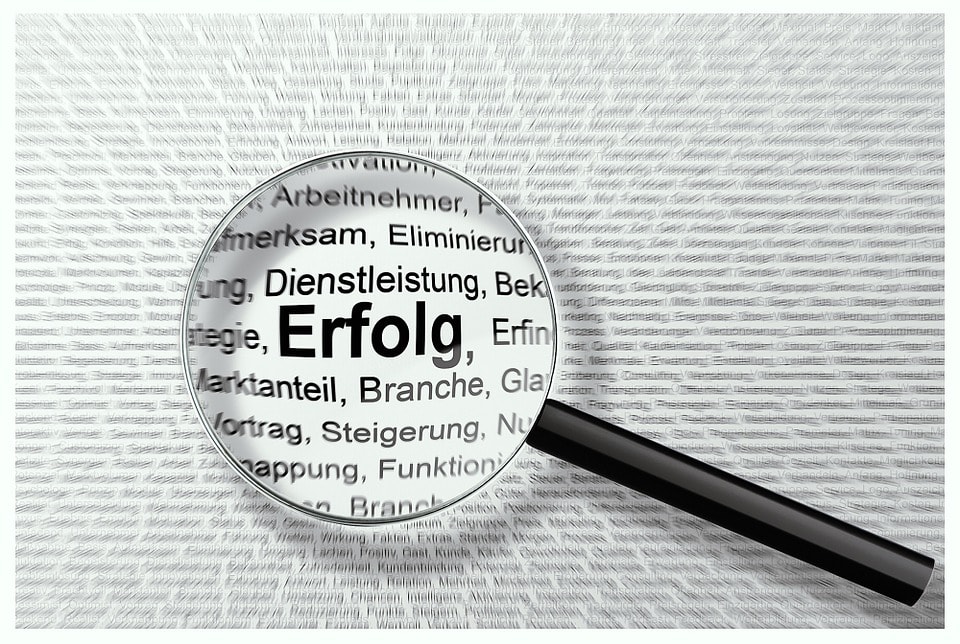OpenAI Language Translation: Pros & Cons for Enterprises

Is your organization interested in leveraging OpenAI for language translation? OpenAI and its popular generative pre-training models offer many benefits, but there are also some potential drawbacks to consider.
Regardless, OpenAI and it’s popular language tool ChatGPT are cutting-edge technologies that will revolutionize the language translation industry.
In fact, it’s happening as you read this article.
Background and What You’ll Learn
As language industry veterans and software developers, we have first-hand experience in harnessing artificial intelligence for natural language processing. In fact, it’s our mission at Pairaphrase to make translation fast, smart and safe for multinational enterprise organizations.
While machine translation has been around since the 80’s, the growing popularity of AI-powered translation services is now amplified with the buzz surrounding ChatGPT. OpenAI’s advanced language model offers powerful translation capabilities and productivity gains.
However, there are pros and cons to using OpenAI for language translation. Oftentimes, the pros and cons depend on the content you intend to translate with OpenAI.
Familiarize yourself with the following advantages and disadvantages of translating with OpenAI/ChatGPT. As a result, you can make an informed decision for your organization.
Pros of Using OpenAI for Language Translation
Accuracy
While there have been some concerns about accuracy and hallucinations, OpenAI’s language model will oftentimes produce accurate translations. This is due to its extensive training on vast amounts of pre-existing data. More time is needed to understand how accurate OpenAI translation is.
There are multiple benefits to using a highly accurate translation tool to translate text. These include:
- Decent first-draft translation
- Lack of misspellings
- Less edits required
Broad Language Support
If your organization needs to translate a wide range of languages and language pairs, it’s possible with OpenAI. It supports almost any language pair your organization requires for commercial use.
Speed & Efficiency
Its fast production of translations (compared to pure human translation) makes OpenAI suitable for real-time translation needs or situations that require high-volume translation.
You can integrate the OpenAI API into your organization’s other software applications such as translation management systems (TMS) and content management systems (CMS). All you need is the API key.
Alternatively, you can use translation software that comes with OpenAI built into the application.

Contextual Understanding
Want to produce coherent and contextually accurate translations? This is possible due to OpenAI’s ability to comprehend and interpret the context of the text being translated.
While this is true in many instances, it’s important to read the “cons” list in this article to grasp the nuances of this.
OpenAI uses large language models (LLMs). This language model makes predictions based on the large amounts of data on which it’s been pre-trained. Compare this with Natural Language Processing (NLP) which uses the immediate context of your text to generate a translation.
Continuous Improvement
OpenAI’s language models are continuously updated and refined, ensuring that translation quality can improve over time as the model learns from new data. Continuous improvement means your organization will need to spend less hours translating as time moves forward.
Ideal for Consumer-Facing Content
When you use OpenAI for language translation, you can expect it to be less “dry” than word-for-word translation. This makes it great for consumer-facing text and entertainment content. In other words, it’s ideal for transcreation.
Whether you’re translating fictional literature, video scripts or advertising copy, OpenAI is a good option.
Cons of Using OpenAI for Language Translation
OpenAI May Not Be Ideal for Technical Translation
Need to develop translations for technical concepts or straight-forward texts? Don’t use OpenAI for that. Based on our professional experience with various machine translation engines, we recommend Google and Microsoft’s engines for those types of translation projects.
Google and Microsoft stick to word-for-word translations as per traditional translation methodology. It shouldn’t be treated as a replacement for traditional translation methodology.
OpenAI is a complementary machine translation option, as it’s more suited for consumer-facing texts, as mentioned in the “pros” list above.
Non-English Translations Might Suffer
If you have a lot of content with the source language as English, OpenAI will likely generate better translations for you. This is because it’s pre-trained on mostly English due to the existence of more English language content on the internet.
Compare this to foreign language content, of which there is naturally less abundance online. This is because there’s less volume of published content in those languages.
Limited Subject Matter Expertise
While it’s trained on large datasets, be cautious when using OpenAI for translation of specialized knowledge. It will likely present knowledge gaps in your texts.
This applies for non-technical texts, too. For example, if you were to transcreate a science fiction novel, this would involve translating scientific concepts–albeit fictional. This means even a literary translation of a fictional technical concept could be negatively affected by relying on artificial intelligence alone.
Trouble with Ambiguous Text
Pay careful attention to this one if your source text includes ambiguous text made complex by cultural references, nuances or idiomatic expressions or nuances. This applies to machine translation in general (not only when you translate using OpenAI).
Potential for Bias & Inaccurate Data
When you translate using OpenAI, it’s important to note that its translation quality relies on the quality of the data that was used to train it. Biased or inaccurate training data may affect the accuracy and reliability of OpenAI’s translations. This is a well-known weakness of OpenAI, and it applies for more use cases than just translation.
Security & Privacy Concerns
When you use OpenAI/ChatGPT, it warns you not to enter confidential information into the chatbot.
If you’re going to translate sensitive or confidential information, make sure you use OpenAI via a translation management system that doesn’t return data to machine translation engines. This means your data won’t be sent back to OpenAI. Try Pairaphrase for secure ChatGPT translations.
Can’t Translate a Scanned PDF Document
ChatGPT itself cannot translate a scanned document on its own without help from external tools. It doesn’t have the capability to extract the text from the scanned document for translation. However, you can accomplish this with an AI PDF translator such as Pairaphrase.
It is translation software integrated with ChatGPT AND it includes optical character recognition (OCR). This means you can extract the text using OCR and translate your scanned document, all without leaving the Pairaphrase application.
Key Takeaway
AI-assisted translation can completely transform your organization’s productivity.
However, it’s important to always use human oversight when using AI. If you decide to use OpenAI/ChatGPT for translation, make sure you fully understand your organization’s policies on data security and quality assurance. And remember, you might be better off using other translation engines for technical translations.
Now that you understand OpenAI’s translation strengths and weaknesses, we’ll recommend a solution below that gives you the best of both LLM translation and non-LLM translation in a secure environment.
Try Pairaphrase
Want to use OpenAI for enterprise language translation in the most secure and productive way possible? Pairaphrase is the best AI translation software for teams that value, security, productivity and responsible AI. What’s more, Pairaphrase is integrated with OpenAI to give you a premium ChatGPT experience without leaving the Pairaphrase application.

Schedule a Demo or share this article with a colleague.
–––––––
Related:

PDF Translation Problems & Solutions: Troubleshooting Guide [2024]
Learn common issues involved with translating PDF documents and discover why Pairaphrase is the best PDF document translator.

Most Accurate Translator Tool: What to Look for [2024]
While a 100% accurate translator does not yet exist, this post will tell you how to get the most accurate translator tailored to your company’s words and phrases.
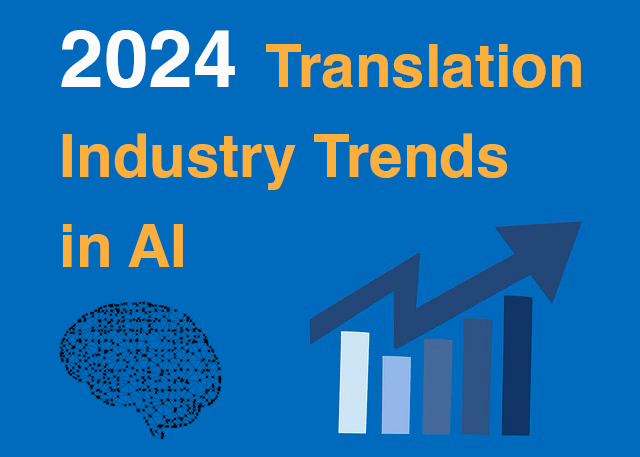
11 AI Translation Industry Trends in 2024
Explore 2024 translation industry trends! Learn about 10 AI translation industry trends 2024 will bring, according to our predictions.

How to Translate JSON Files Online Effectively [2024]
Want to translate JSON files? Learn why Pairaphrase is the best way to auto-translate JSON files online.

How to Translate HTML Files to Another Language [2024]
Want to translate HTML files to another language? Learn why Pairaphrase is the best way to translate HTML files.

How to Translate PO Files Online [2024]
Need to translate PO files online? Learn why Pairaphrase is the best way to translate PO files.

OpenAI Language Translation: Pros & Cons for Enterprises
Exploring OpenAI language translation capabilities? In this article, discover the pros & cons of OpenAI translation for enterprise use.

File Translation 101: Your Guide to the Basics
Learn all about file translation in this 2023 guide to gain an understanding of the different kinds of file translation services & formats.

Best Way to Translate Elucidat Course Content
Learn how Pairaphrase makes Elucidat course translation reusable, secure, fast and easy.
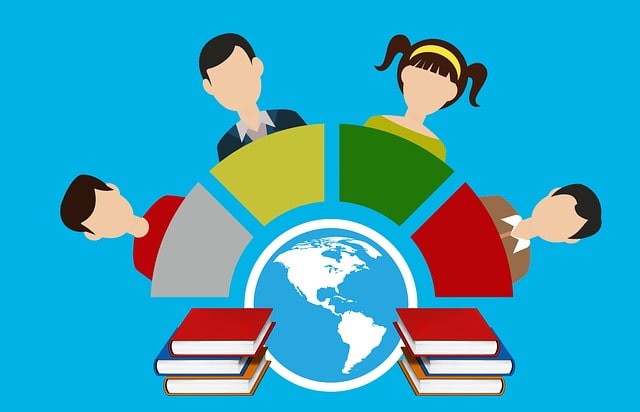
5 Tips for eLearning Localization in 2024
Need to localize eLearning content? Familiarize yourself with these 5 eLearning localization tips for effective multilingual training.

How to Translate a Text File Online [2024]
Want to translate a text file? Learn why Pairaphrase is the best way to translate a text file for your organization.

Best DocTranslator Alternative (2024)
Want a secure enterprise alternative to DocTranslator? Learn why Pairaphrase is the best DocTranslator alternative for enterprises here »

Top 8 Translation Industry Trends (2023 Outlook)
Explore 2023 translation industry trends! Learn about 8 translation industry trends 2023 will bring, according to our predictions »

How to Translate a Google Doc Most Efficiently [2024]
Want to translate Google Doc text? Learn why you should use Pairaphrase as your Google Docs translator.

Best English to Polish Document Translation Software [2024]
Looking for English to Polish translation software, but not sure what features you need? Access this buying guide.

Translation Services 101: Your Guide to the Basics
Need translation services? First, learn the basics! This way, you can make an informed decision. Explore this guide to translation services.

Best Redokun Alternative for Enterprises (2024)
Want a secure enterprise alternative to Redokun? Learn why Pairaphrase is the best Redokun alternative for enterprises here »

Localization 101: Your Guide to the Basics
Curious about localization? Learn about localization vs translation, what it is, how it works, benefits & more in this guide to the basics!

Best Memsource Alternative for Enterprises (2024)
Want a secure enterprise alternative to Memsource? Learn why Pairaphrase is the best Memsource alternative for enterprises here »

How to Translate Entire Google Sheets (All Cells) [2024]
Want to translate entire Google Sheets? Learn why you should use Pairaphrase as your Google Sheets translator.

How to Translate an Entire Google Slides Presentation [2024]
Want to translate Google Slides presentation text, notes & charts? Learn why you should use Pairaphrase as your Google Slides translator.

Fast Turnaround Translation: How to Get it
While fast translation turnaround and linguistic quality is a delicate balance, this post will tell you how to best use Pairaphrase to get fast translations.

Best English to Arabic Document Translation Software (2024)
Looking for English to Arabic translation software, but not sure what features you need? Access this buying guide.

Best OnlineDocTranslator.com Alternative (2024)
Considering an alternative to OnlineDocTranslator.com? Explore why Pairaphrase is the best OnlineDocTranslator.com alternative for enterprises.

How to Translate an IEP Document [2024]
Need to translate an IEP document? Learn how to translate IEP documents in the most efficient and secure way possible.
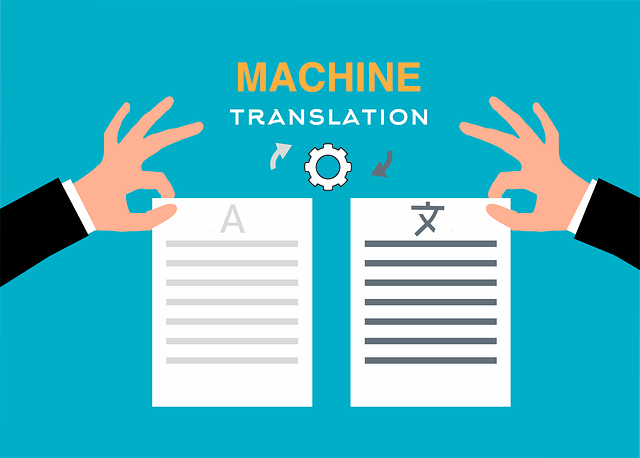
Machine Translation (MT): Your Guide to the Basics [2024]
Curious about Machine Translation (MT)? Learn about machine translation, how it works, benefits of machine translation & more.
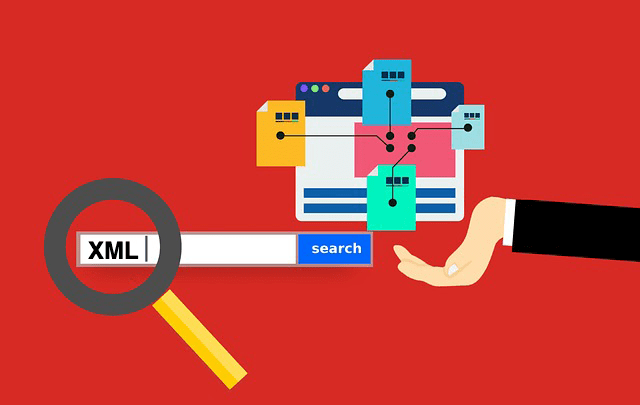
How to Translate XML Files Online (2024)
Need to translate XML files online? Learn about the best features to use when translating XML files.

Best English to Italian Document Translation Software (2024)
Want the best English to Italian document translation software for business? Read about the 10 best English-Italian translator app features.

Terminology Management in Translation: Essential Guide [2024]
Learn all about terminology management in this comprehensive guide.

Smartling Alternative for Enterprises in 2024
Want a Smartling alternative? Explore 10 possible reasons you need one, and why Pairaphrase might be your best alternative.

How to Translate XLIFF Files Online Successfully (2024)
Need to translate XLIFF files online? Learn why Pairaphrase is the best way to translate an XLIFF file.

Best Japanese to English Document Translation Software (2024)
Looking for Japanese to English translation software, but not sure what features you need? Access this buying guide.

How to Translate SRT Files Effectively [2024]
Learn how to translate SRT files in 2022! Explore the reasons Pairaphrase is the best way to translate an SRT file effectively.

Best English to Japanese Document Translation Software (2024)
Looking for English to Japanese translation software, but not sure what features you need? Access this buying guide.

Brochure Translation Software Features to Look for
Need brochure translation? Look for these 10 top brochure translator features (before you buy).

Best Way to Translate Articulate Course Files
Need to translate Articulate course files? Learn why Pairaphrase is the best way to translate Articulate files (XLIFF 2.0).

Best Way to Translate Multiple Files Simultaneously Online [2024]
Need to translate multiple files simultaneously online? Learn why Pairaphrase is best for batch translation.

Using Pairaphrase Translation Software with Amazon Translate
Curious about translating with Amazon Translate (AWS)? Learn about using Amazon’s machine translation engine with Pairaphrase.

Best English to Hindi Document Translation Software (2024)
Looking for English to Hindi translation software, but not sure what features you need? Access this buying guide.

How to Translate Large Files with Ease [2024]
Need to translate large files? Learn about the best tools to use when translating large PDF’s, documents & more (10MB+).

Catalog Translation Software Features to Look for
Need catalog translation? Look for these 10 top catalog translator features (before you buy).

Best English to Vietnamese Document Translation Software (2024)
Looking for English to Vietnamese translation software, but not sure what features you need? Access this buying guide.

How to Create Effective Termbase Glossaries for Machine Translation
Need to create a termbase glossary? Get our top 5 tips for creating effective termbase glossaries for machine translation.

Best English to Korean Document Translation Software (2024)
Looking for English to Korean translation software, but not sure what features you need? Access this buying guide.

Best DeepL Alternative for Enterprise Teams (2024)
Explore various DeepL drawbacks and user-specific needs you might identify with. This way, you can conclude whether alternatives to DeepL could fill these gaps.
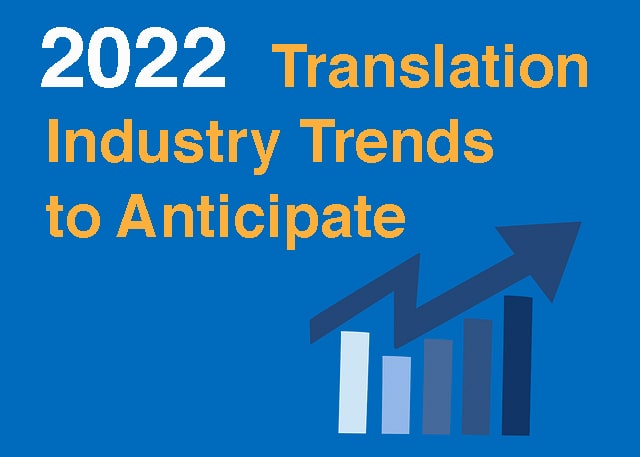
Top 10 Translation Industry Trends in 2022
Explore 2022 translation industry trends! Learn about 10 translation industry trends 2022 will bring, according to our predictions »

Secure Transcription Software That Translates Languages
Need secure transcription software that translates languages? Learn what features to look for and how Pairaphrase will benefit you.

Best English to Portuguese Document Translation Software (2024)
Looking for English to Portuguese translation software, but not sure what features you need? Access this buying guide.

Translation KPIs for Translation Management Success
Establishing translation KPIs (Key Performance Indicators)? Here are the 5 Most Important KPIs for translation management success.

